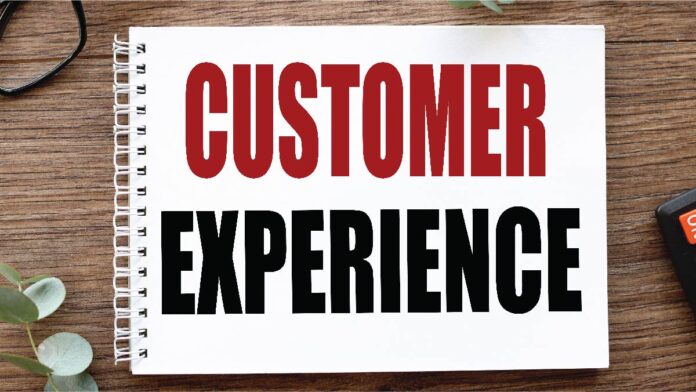There is a disconnect between what customers actually experience and what organizations assume their consumers are experiencing. More so during this period, it is crucial to understand the reason for this disconnect, its implications for the organization, and how to resolve it.
Businesses probably aim for the issues of their customers to be resolved through a single customer care channel, but in practice, customers frequently use many channels to resolve their issues. When a consumer takes a multi-contact method to resolve a service issue, it’s usually because existing support channels aren’t meeting their requirements.
Providing clients with a flawless online experience is more vital than ever. As Harvard Business Review puts it – “Delighting customers doesn’t build loyalty; reducing their effort—the work they must do to get their problem solved—does.” It is critical to bridge the gap between actual and intended customer service experiences.
The gap can occur for a variety of reasons. It’s likely that siloed support teams exist, each with their own set of tools, reporting, and KPIs. Or perhaps a lack of understanding of where consumers are most likely to start their service journey based on their problem? Or perhaps misinterpreting the actual level of customer effort necessary in service journeys? The list is endless.
Also Check: Introducing the TOUGHBOOK S1 Developed to deliver all the features you want, and all the rugged you need
All of these factors, unfortunately, can lead to additional spending, greater confusion, and, ultimately, a poor customer experience. Businesses can use these three methods to avoid those outcomes and bridge the customer experience gap:
Determine where and when customers are experiencing difficulties
Anticipating customer needs before they ask for it is the key to meeting their expectations. It not only makes it easier for customers to obtain information and perform transactions, but it also relieves support agents of some of their responsibilities, allowing them to focus on high-value issues.
Businesses should begin by discussing recurring enquiries or typical roadblocks in the customer journey with subject matter experts in their contact center to determine where the problems of their customers originate. Ask them to keep a track of the most common types of requests they receive. Consult with the marketing department to determine which campaigns are underperforming. Is it a specific product or a specific promotional code? Combine this data with website analytics to understand when and where customers are having trouble.
Once businesses know where and when customers hesitate or leave the experience, they will discover what could be tainting their customer service and act to create a seamless CX.
Businesses that provide a seamless experience – one that eliminates anything that prevents customers from completing their journey – create loyal, lifetime customers who are less likely to abandon and more likely to recommend them.
Be prepared to assist customers whenever and wherever they require assistance
Wherever their customers are, businesses should be ready to interact and deliver for them. They can guarantee that the channels they have in place are capable of addressing their issue with a single contact by better understanding where consumers begin their service journeys based on their issue.
Customer frustration can rise significantly if there are multiple interactions with a company. Businesses can enhance their customers’ online experience by recording questions, criticism, concerns, and compliments, as well as the precise page where the struggle happened, across millions of contact center engagements.
Also Read: Customer Experience is All Set to Drive MarTech in 2021
To avoid any kind of struggle, provide guidance
Consumers are bombarded with information online—and too much information can be overwhelming. To keep their customers engaged and satisfied, businesses need to guide customers and give them the assistance they need—even before they know they need it.
Cut through the noise and direct customers to exactly what they need, when they need it. Contextual guidance can help businesses provide the proactive communication that their consumers want while also eliminating the need for an employee. Guidance allows customers to resolve simple concerns while still having some type of live interaction for escalations, placing businesses in the greatest position to enhance conversions and brand loyalty.
For more such updates follow us on Google News TalkCMO News.






